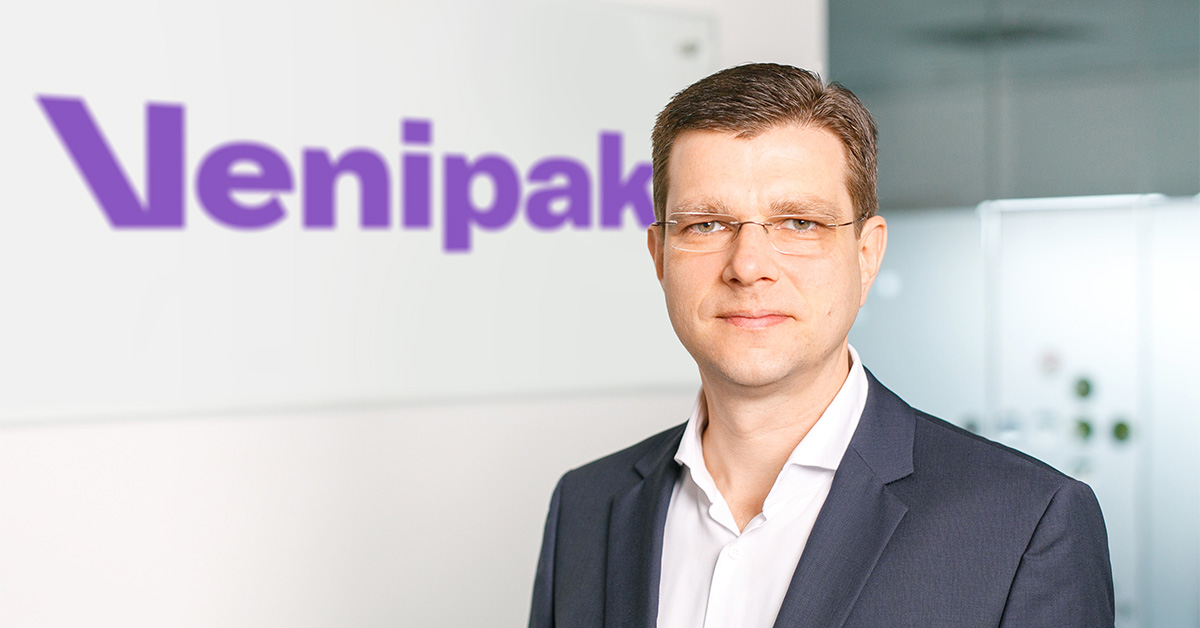Market analysts say that people’s need to buy online, which grew considerably during lockdowns, is here to stay. This means that the growing e-commerce market will be forced to look for the promptest and most effective solutions to satisfy growing consumer needs. It is forecast that, in the US, the e-fulfilment service will be consistently growing by at least 10% annually until 2028.
The need of businesses to purchase third party services shows maturity of the businesses and their understanding that it is more efficient to use own resources where they create maximum value. In Lithuania, a double-digit growth is forecast for the e-fulfilment service, which has reached maturity in terms of quality only recently. What value do Lithuanians see in this service and what should you consider if you want to find a service provider?
Suitable for a sewing company but not for palletised goods
Businesses that use the e-fulfilment service no longer need to think about warehousing, stock management, order picking, packaging and preparation for shipment, or returns management. The available human resources can therefore be dedicated to business development, i.e. marketing, product quantity growth, expansion to foreign markets, improvement of customer e-shopping experience and so on.
We have estimated how much a business that avails of the e-fulfilment service and uses its human resources for other purposes can grow in six months. The changes are between 80% and triple-digit product delivery growth.
Flexible warehousing spaces that are adapted to varying product quantities are among the key advantages offered by the e-fulfilment service. It is not surprising that this service is preferred by small and medium-sized businesses that do not want to pay for premises rent and equipment all year round, in particular when it is difficult to forecast or manage growth volumes. There are several instances however when the use of the e-fulfilment service may be unjustified. It may be unsuitable for very large quantities of goods, very expensive goods and/or slow-moving items as well as for items with large dimensions and palletised goods.
If viewed globally, the major growth of the e-fulfilment service was due to the clothing and footwear segment. This segment is followed by small electronics, beauty and wellness goods. Provider attention is now focused on the fulfilment of orders containing electronic goods. These goods require special packaging and delivery methods. We are likely to see innovations in this field soon.
By giving your goods you also give a part of your reputation
Consumer perception of e-commerce is changing even more rapidly than the volume of goods that must be shipped. First of all, the differences between shopping time and customer service quality in physical and e-shops disappear. When buying online, consumers expect the same convenience that they expect when they buy from a physical shop, and they also expect to receive goods promptly. Buyers who remain disappointed by at least one of these aspects will hardly give a second chance to a seller.
So, when you select an e-fulfilment service provider, bear in mind that you are choosing a business partner that will represent you. Make sure that the provider’s warehouse location and delivery terms are compliant with your business needs and that services will be provided timely and professionally. Consider how many delivery methods the service provider can offer, how large the provider’s pickup terminal chain is, what goods return procedure the provider offers, the amount of time that will be required to implement links between your e-shop and the provider’s systems, and other key things.
Global trends show that e-commerce businesses are preparing to avail of growth and development opportunities in full and that logistics companies are strengthening their services that will help customers assure a stable growth and additional workforce. The situation in Lithuania is similar: both sectors are undergoing growth and transformation that produce strong and effective partnerships.




